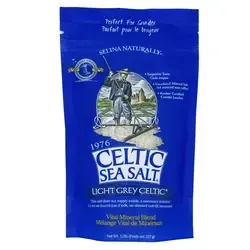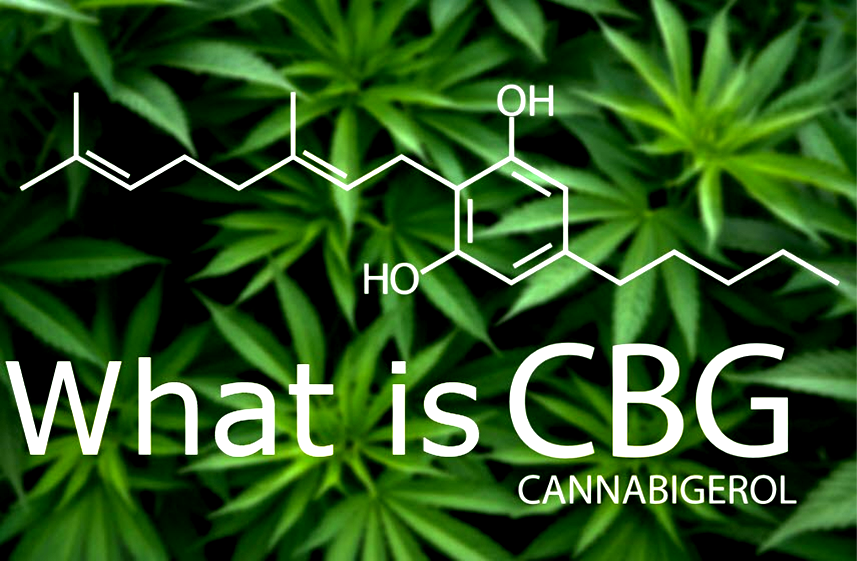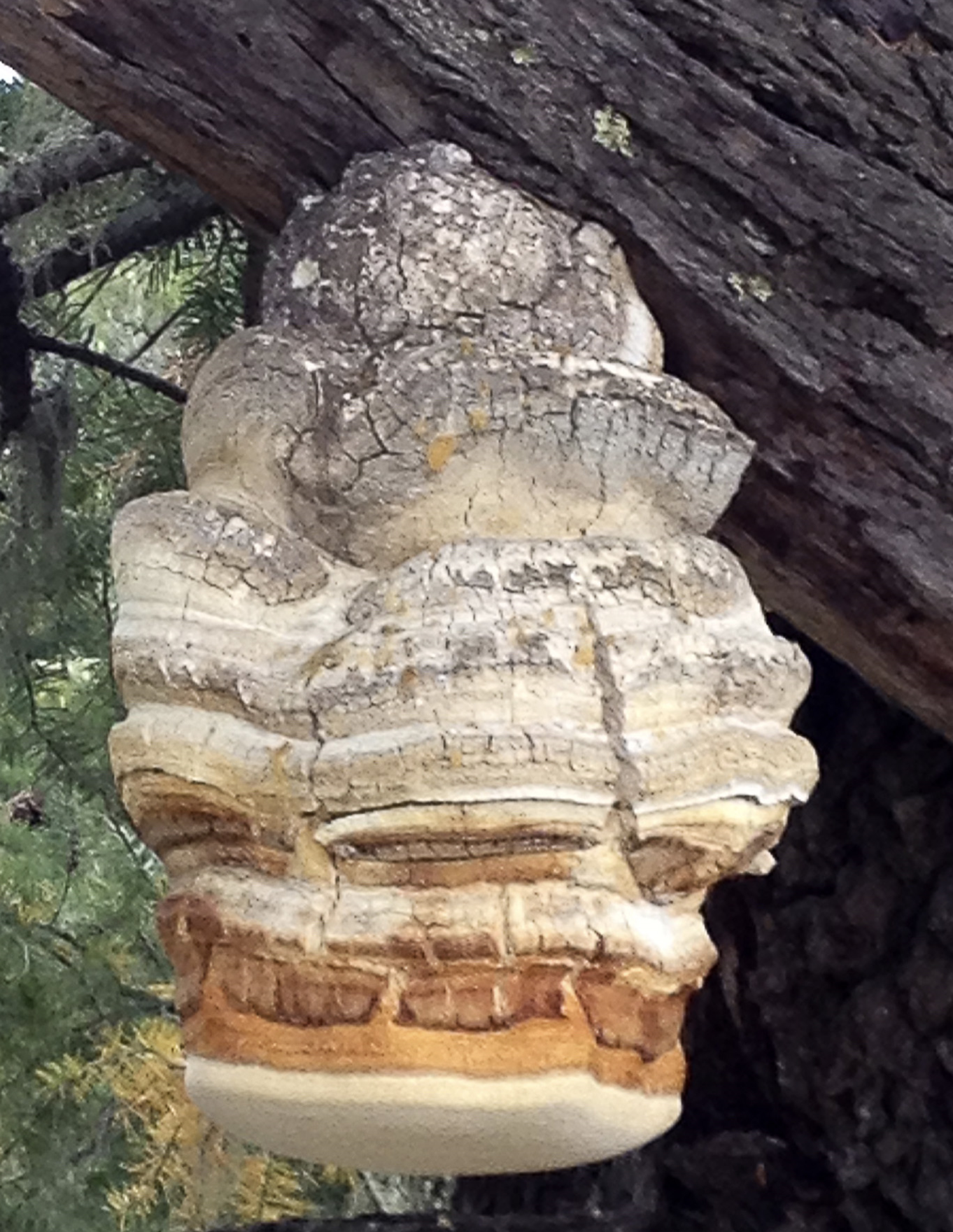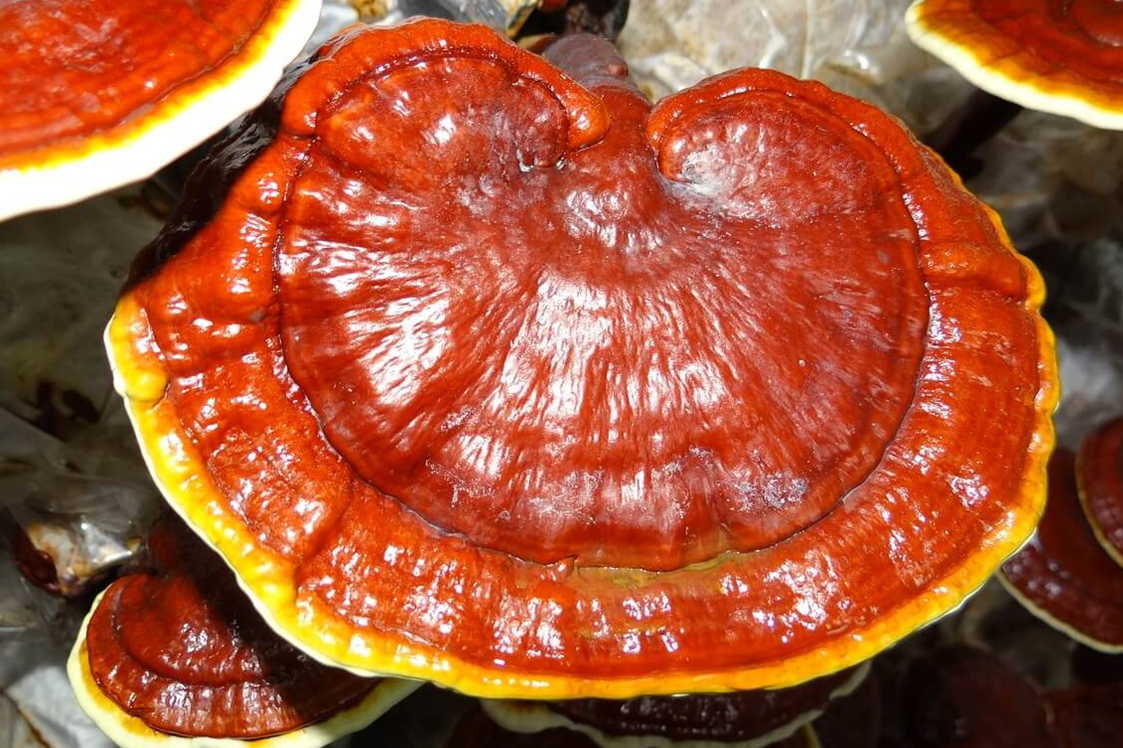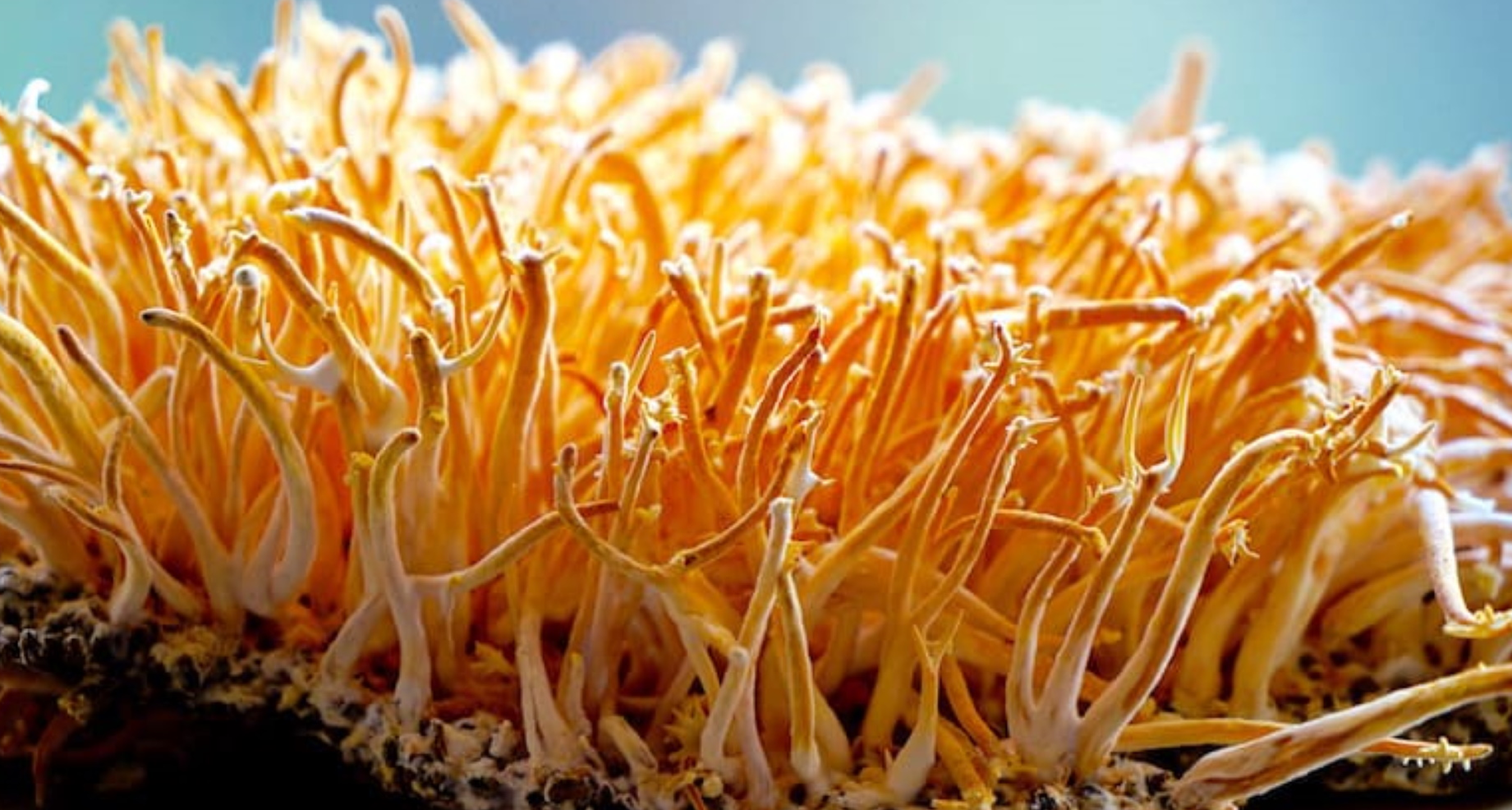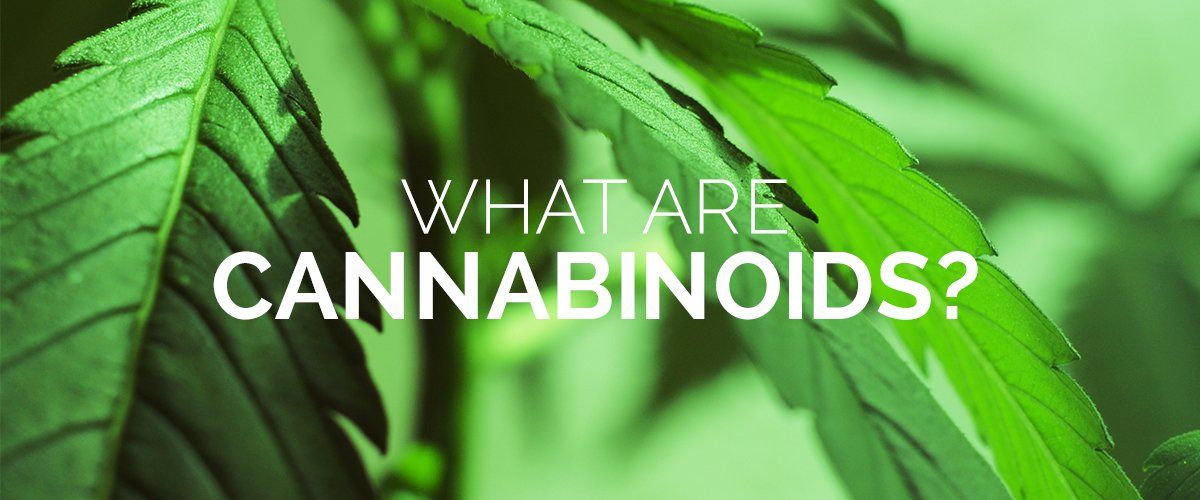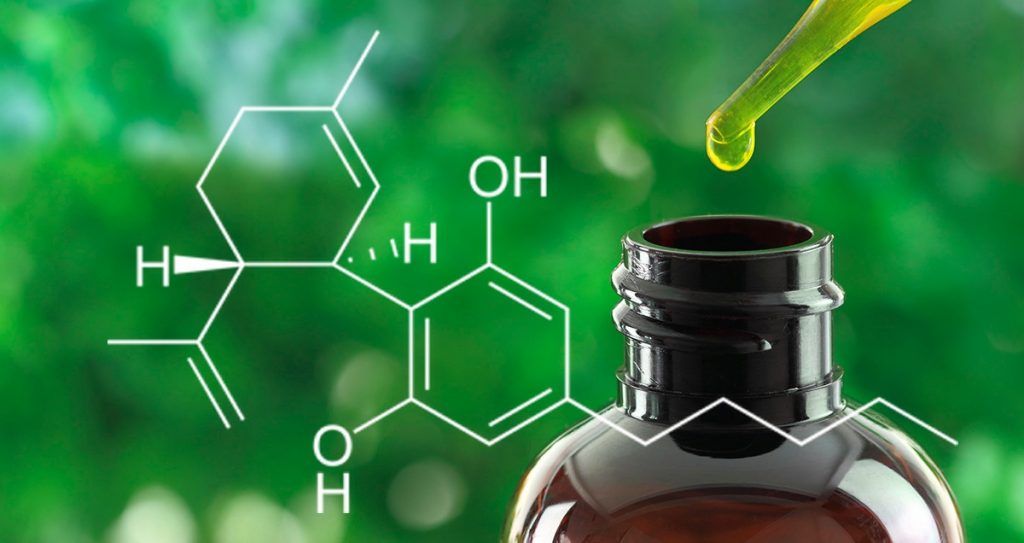Cannabimimetic Plants
Many plants and super foods are cannabimimetic, meaning that they have properties that mimic cannabinoids in our bodies.
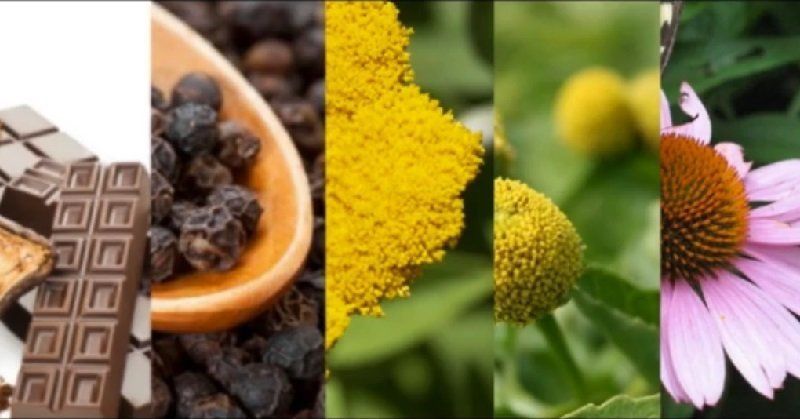
In this article we are going to talk about cannabimimetics. On one hand we have the wonderful & natural plants that are cannabimimetic, as well as the dangerous & synthetic cannabinoids that you should avoid at all costs.
What is a cannabimimetic?
As defined by glosbe.com - cannabimimetic: having similar pharmacological effects to those of cannabis; applied to various cannabinoid receptor type 1 agonists. What this means is that even though the biological makeup is not the same as cannabinoids, they have similar effects on the Endocannabinoid System.
There are many wonderful plants out there that are natural cannabimimetics, and unfortunately many products on the market that are synthetic and very very dangerous.
Pay attention, this is very important...
The first thing I want to say about cannabimimetics is that there are many products out there that seem to be safe plant material that mimic the effects of cannabis. These products are often sold in smoke shops & convenience stores & marketed as "K2", "Spice", or "Potpourri". People believe that these are safe. Make no mistake, these products are absolutely not safe, and have been linked to psychosis and even death. They are made by spraying dried plant material (like tea leaves or herbs) with an ever changing variety of chemicals that produce effects similar to cannabis. These chemicals bind to the same receptors as THC but some of these chemicals can be 100 x stronger and can also interact with other receptors in the brain that THC does not. This can created a dangerous chemical imbalance in the brain and lead to all sorts of nasty side effects.
You can never know what chemicals are even in this stuff due to the fact that the creators are constantly changing the chemical profile staying under the radar of authorities.
Some of the side effects of using these chemicals are:
- Hallucinations
- Extreme agitation and rage
- Vomiting
- Intense cravings (addiction)
- Catastrophic increase in core temperature
I could type a novel on this subject, but the bottom line is stay away from synthetic cannabinoids. The natural plant has no toxic indications at any level in the human body.
Here are just some of the plants & super foods that are cannabimimetic
There are many plants that contain compounds that literally mimic the biological activity of cannabinoids even though they do not share the same biological structure.
- Black Pepper : Black pepper contains high levels of the terpene beta-caryophyllene , which is the only known terpene that directly interacts with the Endocannabinoid System , activating the CB2 receptors. (Fun Fact: Beta-Caryophyllene is the compound detected by drug sniffing dogs)
- Echinacea : Echinacea (Purple Coneflower) binds and interacts with the CB2 receptor & has been used for centuries for immune system support and fighting inflammation. Echinacea is also loaded with antioxidants.
- Truffles : Recent research shows that truffles, especially black truffles, contain anandamide. Anandamide is produced in our bodies as well and binds to the CB1 receptor. Anandamide is known as the "Bliss Molecule". Anandamide is a neurotransmitter that triggers mood enhancing chemicals in the brain, similar to THC.
- Flax Seed : Flax seed is a well known super food, with some calling it the most powerful plant food available. Flax seeds contain compounds that mimic CBD & are loaded with antioxidants, Omega-3 fatty acids, and fiber.
- Cacao : Most of us love chocolate, but it's not just the sugar that makes us eat & drink up. Like truffles, cacao also contains anandamide. Cacao also helps to deactivate enzymes that degrades anandamide. It is also a good source of magnesium.
- Kava : Kava contains natural pain relievers and can cause your mouth to go numb when the root is chewed or consumed in a tea. In addition to that, it also contains a compound called yangonin that binds to the same receptors as THC. Other health benefits of kava include, immune support, anxiety relief, better sleep, and even alleviation of menopausal symptoms.
- Electric Daisy : Electric Daisy, called the eyeball plant due to its appearance is also sometimes referred to as the "toothache plant" because it blocks pain receptors in our bodies. It is also well known for its antifungal, anti-inflammatory, antimicrobial, and anticonvulsant properties.
- Essential oils of : Black pepper, rosemary, clove, lavender, cinnamon, & ylang-ylang. The predominant terpene in these plants is Beta-Caryophyllene, which as we discussed earlier directly interacts with the Endocannabinoid System. (Fun Fact: Ylang-Ylang is reported to act as an aphrodisiac)
These plants support and nourish your Endocannabinoid System as well as provide an array of other health benefits which is why they are called Super Foods! Eat, drink, and be merry!

